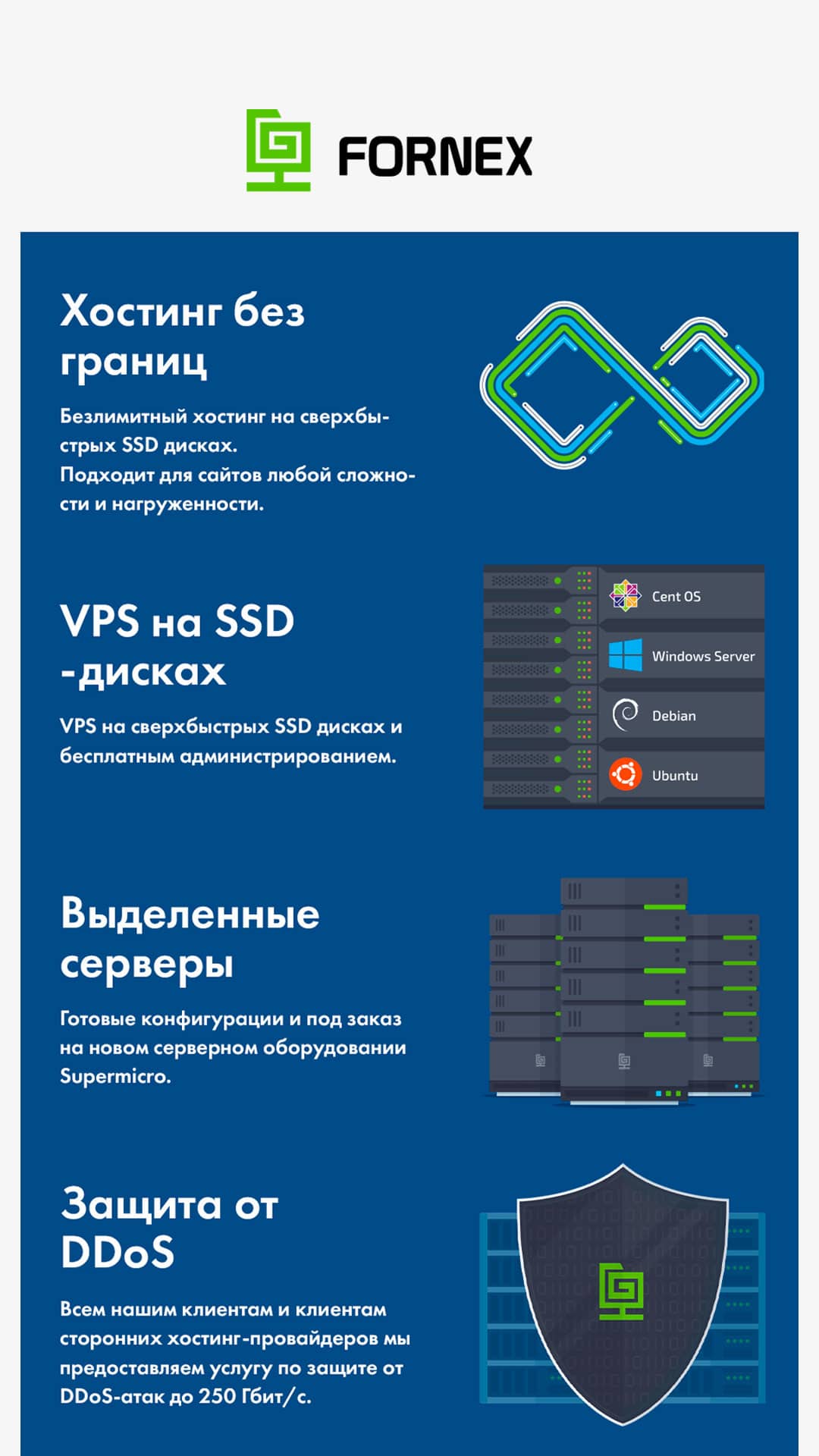On-Page Optimization
Generating traffic
Improving positions
Increasing conversions
 SEO optimization
SEO optimization
On-Page SEO Optimization
Internal site optimization helps to improve user experience and increase site visibility in search engines. Its tasks include optimizing content, improving site structure, working with meta tags, accelerating page load time, and other actions aimed at improving site quality. Through internal optimization, you can attract more traffic to your site, retain users, and increase conversions.
- Website audit
A website audit is an analysis of a website that helps identify problems and opportunities for improving its performance. During the audit, technical aspects, content, user experience, and other parameters are checked. The results of the audit provide an understanding of how to improve the website and make it more effective, and user-friendly. Various tools and methods such as vulnerability scanners, page load speed testing, and content analysis may be used in the audit. Once the audit is complete, work can begin on improving the website and achieving its goals.
- Creation of a semantic core
The creation of a semantic core is an important stage of internal site optimization. This is the process of researching keywords and selecting those that are most relevant to your business and target audience. The semantic core consists of a set of keywords related to each other by synonyms and associations that help search engines understand what your website is about. Creating a semantic core allows you to optimize website content and increase its relevance to user queries, which in turn can improve its position in search results.
- Content creation
Creating quality content is also an important component of internal optimization. It should be unique, informative, and relevant to the target audience's queries. In addition, the content should be structured and easy to read, using subheadings, lists, and other formatting elements. It is important to note that search engines prefer sites with regularly updated and diverse content. Therefore, for effective internal optimization, it is necessary to constantly add new and interesting content to the site.
- Content optimization
Content optimization is the process of creating and improving content on your website by using keywords, headings and meta tags, optimizing images, and other elements. This allows search engines to better understand the theme of your website and rank it high in search results. In addition, optimized content attracts and retains users, which can lead to increased business revenue.
- Technical optimization
Technical optimization is the process of improving the technical aspects of your website to make it load faster and operate more efficiently. This can include optimizing code, improving server performance, reducing file sizes, and other technical measures. The goal of technical optimization is to create a fast, reliable, and user-friendly site, as well as improve the site's ranking in search results.
- Web analytics
One important component of internal optimization is web analytics. Using various analytics tools, you can track website traffic, user behavior, conversion rates, and other metrics. This helps to identify problems on the site and improve its effectiveness. In addition, web analytics helps to determine the effectiveness of marketing campaigns and the impact of social media on website traffic. Ultimately, the use of web analytics is an important element of successful internal optimization.
- UI/UX optimization
UI/UX optimization is a set of measures aimed at improving the user experience on a website, including design optimization and mobile website optimization. The goal of UI/UX optimization is to create an attractive and user-friendly website design that best meets the needs and expectations of visitors. This may include simplifying website navigation, optimizing page loading speed, convenient content layout, mobile responsiveness, and other elements that make the user experience as comfortable as possible. Well-executed UI/UX optimization can help increase conversion rates and improve user engagement on the website.
The on-page optimization categories we have discussed above are an important foundation for creating a successful website. However, even before creating a website, it is important to consider SEO aspects. Developing a website with modern SEO standards in mind will help create an optimized website structure, properly use keywords, and consider other internal optimization aspects from the very beginning. Such an approach will help avoid potential mistakes and prevent optimization problems that may arise in the future.
In addition, off-page optimization is also an integral part of successful website promotion. Modern search engines take into account many factors, including the quality and quantity of external links, brand mentions on social media, and others. Therefore, to achieve maximum results, it is important to consider both internal and external optimization aspects.
To achieve maximum results in website optimization, it is necessary to regularly conduct a comprehensive SEO audit, which includes analyzing both internal and external factors. It is important to understand that website optimization is a continuous and long-term process that requires constant attention and effort.
Contact us to learn more about our SEO optimization services and how we can help improve your business's online presence. You can reach us by email at info@advance.az or call us at +994 50 247 28 00. We will be happy to help you achieve maximum results in search engines and attract more customers to your website.
SEO optimization
Brand recognition
Conversion increase
Increase in sales
 aze
aze рус
рус eng
eng

